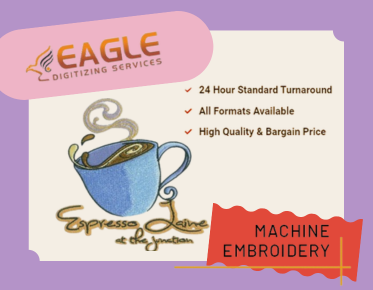Understanding Vector Format in PDF Files
Determining whether your PDF file is in vector format is crucial for applications where quality and clarity are paramount. Vector files are scalable and maintain quality across various sizes because they rely on mathematical equations to describe shapes, lines, and colors. Here’s how you can determine if your PDF file is a vector:
Visual Inspection through Zoom Levels
One simple method to ascertain if a PDF is composed of vector graphics is by opening it in a PDF viewer, such as Adobe Acrobat Reader, and zooming in on the image or text. If the details remain sharp and clear at high zoom levels, there is a high probability that the content is vector-based. Pixelation at high zoom levels indicates the presence of raster graphics instead.
Software-Based Analysis
For a more precise verification, vector editing software such as Adobe Illustrator allows you to open the PDF and inspect its components. In Illustrator, each vector element can be individually selected and manipulated, whereas raster images are identified as a whole. Additionally, features like the layers panel can provide insights into the file's composition. This method is often employed by professionals who engage in vector art conversion services to ensure precision in artwork.
PDF File Properties
Inspecting Metadata
PDF files often contain metadata that can provide clues about their format. You can view this data through your PDF reader under properties or document information. If the PDF was generated using vector editing software, information about the software used might be listed, suggesting a vector-based creation.
Third-Party Tools for Verification
Several online tools and services are available that can analyze a PDF file's structure. Services like Vector Magic offer insights into whether a file is vector-based. Such tools are invaluable for graphic designers and businesses requiring high-quality imaging for printing or digital use.
Understanding Vector and Raster Differences
Vector graphics are distinguished from raster images by their scalability and clarity. Raster graphics are pixel-based and can become blurry when resized, which is why applications involving large-format printing or detailed imaging prefer vector graphics. Techniques such as raster to vector conversion services are often used to transform raster images into vector formats to leverage these advantages.
Why Choose Eagle Digitizing for Vector Conversion?
If your PDF is not in vector format, conversion might be necessary for specific applications. Eagle Digitizing offers a comprehensive vectorization service. The company specializes in converting artwork into vector format, ensuring that businesses receive high-quality outputs that meet professional standards. This includes an array of services from background removal to complex color separations, catering to both small and large enterprise needs.
The Future of Graphic Design
As technology advances, the importance of vector graphics only grows stronger due to their versatility across digital and print media. The market is seeing robust growth in online vector converter tools, making vector conversion more accessible. This trend is particularly significant for industries reliant on premium-quality visuals, whether for branding, merchandise, or digital content. Looking ahead, a seamless integration of AI in vector editing might revolutionize how efficiently raster images are converted, bringing forth a new era in graphic design.
.png)

